Electric bikes, or e-bikes, are bicycles equipped with an electric motor to assist riders in pedalling, providing an efficient and eco-friendly alternative to traditional cycling with the added convenience of motorized assistance.
Ever wondered why electric bikes come with a hefty price tag? The answer lies in the cutting-edge technology powering these two-wheel wonders. From advanced lithium-ion batteries to high-performance electric motors, the components that make electric bikes a game-changer in the world of cycling also contribute to their cost.
Electric bikes can be relatively expensive due to the advanced technology incorporated in their design. The cost of high-quality batteries, powerful electric motors, and durable frames contribute significantly to the overall price. Ongoing research and development to improve efficiency and features also impact the pricing of electric bikes.
5 Reasons Why e-Bikes Are So Costly
Advanced Technology: Electric bikes utilize sophisticated technology, including high-performance batteries and powerful motors, which contribute to their overall cost.
Quality Components: Premium components like durable frames, advanced braking systems, and specialized tires add to the overall expense of electric bikes, ensuring a safe and reliable ride.
Innovative Design: The continuous innovation in e-bike design, such as integrated electronics and sleek aesthetics, drives up production costs, reflected in the final price for consumers.
Research and Development: Ongoing efforts to enhance e-bike efficiency, range, and features involve significant research and development costs, which are passed on to consumers.
Limited Mass Production: Unlike traditional bicycles, e-bikes may not be produced at the same scale, leading to economies of scale challenges and making each unit more expensive to manufacture.
Quality Components Make For More Expensive Bikes
Quality components play a crucial role in determining the cost of bicycles. When bicycles are equipped with high-quality parts, they tend to deliver better performance, durability, and overall satisfaction to riders.
These superior components, such as precision-engineered gears, advanced braking systems, and lightweight yet sturdy frames, contribute to a smoother and more enjoyable riding experience. The electric bikes made with these top-notch components may have a higher initial cost, but they often prove to be a wise investment in the long run, as they lead to reduced maintenance needs and a longer lifespan for the bicycle.
Top 5 Factors That Increase The Price Of E-Bikes
Battery Technology: The type and capacity of the battery significantly impact the cost of e-bikes. Advanced lithium-ion batteries with higher energy density tend to be more expensive but offer longer ranges and better performance.
Motor Power: The power and efficiency of the electric motor influence the price of an e-bike. More powerful and technologically advanced motors contribute to a smoother ride and increased speed, but they also come with a higher price tag.
Frame Material: The material used in the construction of the e-bike frame affects its weight, durability, and overall quality. High-end materials like carbon fibre are lightweight and robust but can escalate the cost of the e-bike.
Component Quality: The quality of components such as gears, brakes, and suspension systems can impact the overall performance and comfort of an e-bike. Higher-quality components often come with a higher cost but contribute to a better riding experience.
Smart Features and Connectivity: E-bikes with advanced features like smart connectivity, integrated GPS, and touch-screen displays tend to be pricier. These technological enhancements add convenience and functionality, increasing the overall cost of the e-bike.
Are E-Bike Prices Likely To Go Down?
The future of e-bike prices is a topic of interest and speculation. As technology advances and becomes more widespread, it’s possible that the prices of e-bikes could decrease over time. Similar trends have been observed with other electronic devices as they become more mainstream and production costs decrease.
Increased competition among manufacturers could contribute to price reductions as companies strive to attract more customers. However, various factors, such as improvements in technology and features, may also influence pricing.
Choosing Your Electric Bike
Choosing the right electric bike is an exciting journey that begins with understanding your needs and preferences. Start by considering how you plan to use the e-bike. Are you commuting to work, exploring off-road trails, or looking for a leisurely ride around the neighbourhood?
Think about the distance you’ll be covering and the terrain you’ll encounter. Next, evaluate the motor and battery specifications. A powerful motor and long-lasting battery are essential for a smooth and efficient ride. Pay attention to factors like range, charging time, and pedal-assist levels.
How Long Do Electric Bikes Last?
Electric bikes, also known as e-bikes, can last for several years with proper care and maintenance. On average, the lifespan of an electric bike battery is around 3 to 5 years, but this can vary based on usage and charging habits. The electric motor, controller, and other components of an e-bike can also contribute to its overall lifespan.
Regular maintenance, such as keeping the tires properly inflated, ensuring the chain is lubricated, and checking the brakes, can help extend the life of an electric bike. Additionally, storing the e-bike in a cool and dry environment when not in use can prevent unnecessary wear and tear. While individual experiences may vary, taking good care of your electric bike can ensure it provides reliable and enjoyable rides for an extended period.
Electric Bikes vs. electric Scooters
| Feature | Electric Bikes | Electric Scooters |
| Design | Resembles traditional bicycles with pedals | Compact design, often without pedals |
| Operation | Pedal-assisted or throttle-controlled | Throttle-controlled |
| Speed | Generally lower top speed | Higher top speed |
| Range | Typically longer range per charge | Shorter range per charge |
| Use Cases | Suited for commuting and leisure rides | Ideal for short urban commutes |
| Exercise | Provides exercise when pedalling | Requires minimal physical effort |
| Stability | Generally more stable due to bicycle-like design | Smaller wheelbase, less stable |
| Regulations | Subject to bicycle regulations | May require specific scooter laws |
| Storage | Larger and may require more space | Compact and easy to store |
| Cost | Variable, but often more expensive | Generally more affordable |
Frequently Asked Questions
Are the electric motors a major factor in the cost of e-bikes?
Yes, the electric motor is a key component and a significant contributor to the cost. High-performance motors designed for e-bikes with various power levels add to the overall expense.
Do the additional features on e-bikes impact their price?
Yes, features such as advanced electronic displays, multiple assist levels, integrated lights, and other accessories contribute to the overall cost. These features enhance the user experience but also increase the production expenses.
Are maintenance and support factors in the price of electric bikes?
Yes, the inclusion of customer support, warranty coverage, and ongoing maintenance for electric components all contribute to the higher cost of electric bikes.
Conclusion
The higher cost of electric bikes can be attributed to several factors. The advanced technology and engineering required for the electric motor, battery, and other components contribute significantly to the overall expense. High-quality batteries, which are a crucial component, often come with a substantial price tag.
The development of efficient and durable electric bike designs adds to the production costs. Moreover, the demand for eco-friendly transportation options and the growing popularity of electric bikes in recent years have also influenced pricing. While the initial investment may seem steep, it’s important to consider the long-term benefits, including savings on fuel and maintenance costs, as well as the positive impact on the environment.

I’m passionate electric scooter enthusiast and the voice behind this blog. I’m here to share my expertise and insights with you. From in-depth reviews to problem-solving guides, my goal is to help you make the most of your electric scooter experience.
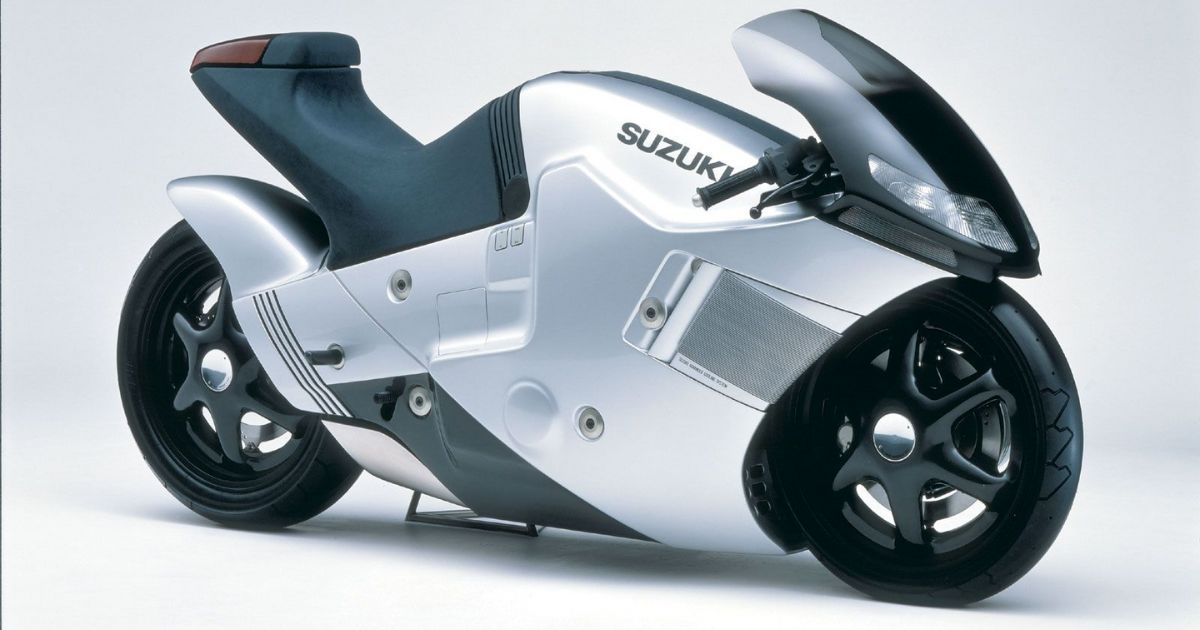
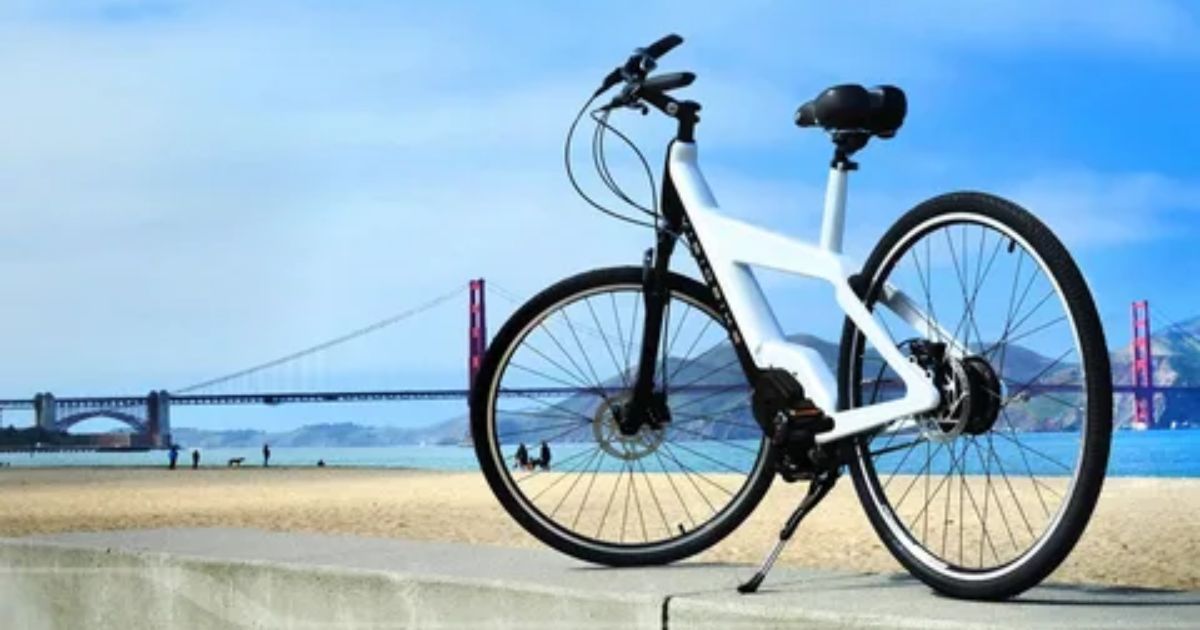


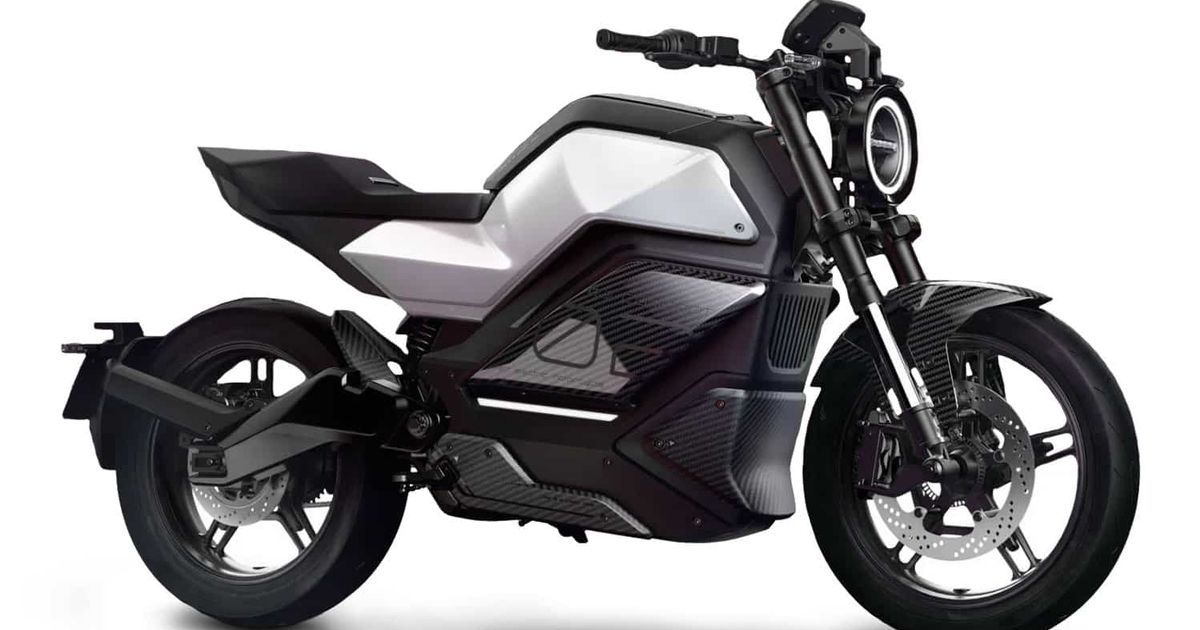
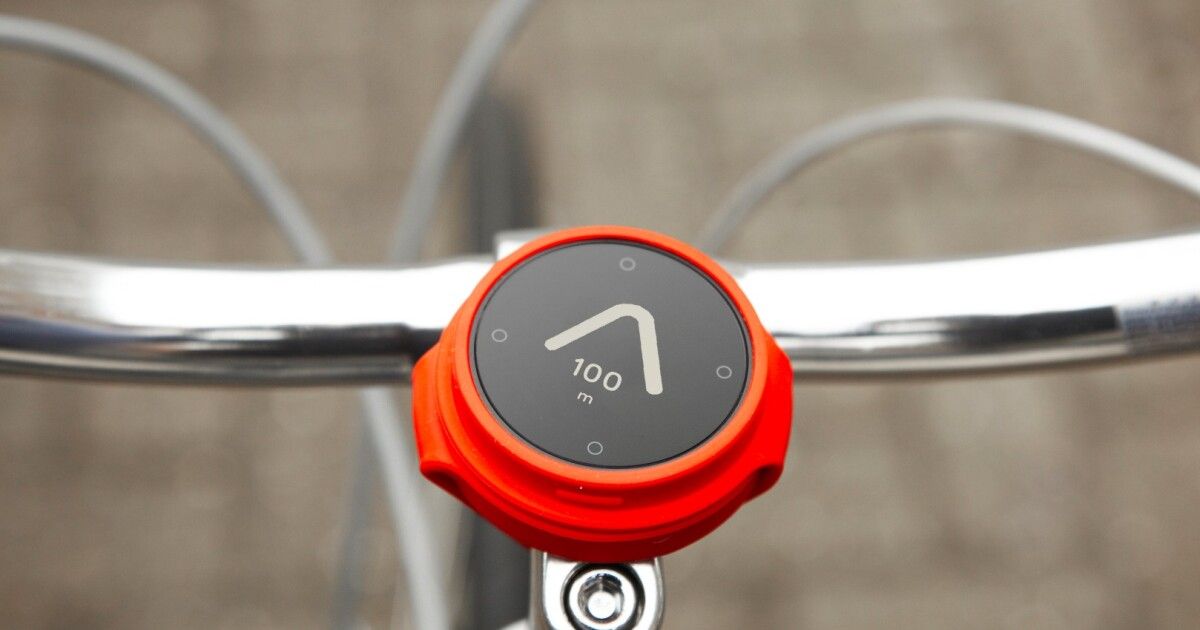
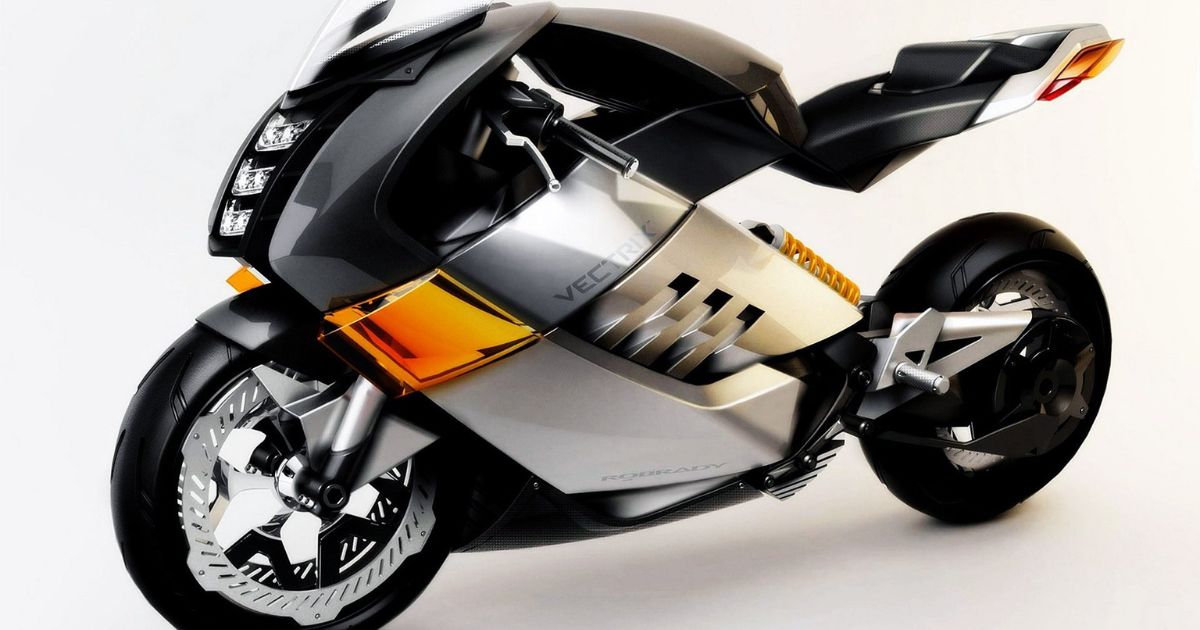



![Gomyfinance.com Invest: I Made $5,000 in My First Month [Real Results 2025]](https://electopolo.com/wp-content/uploads/2025/05/Gomyfinance.com-Invest-I-Made-5000-in-My-First-Month-Real-Results-2025-150x150.jpg)


